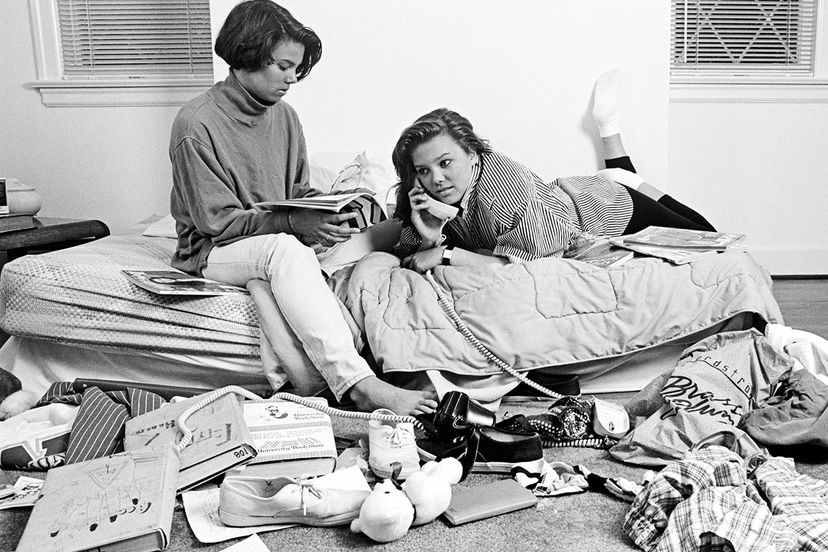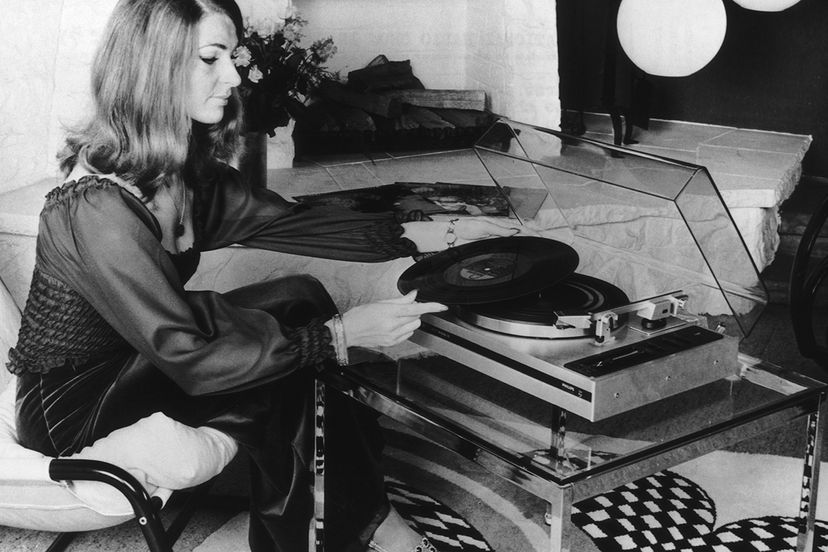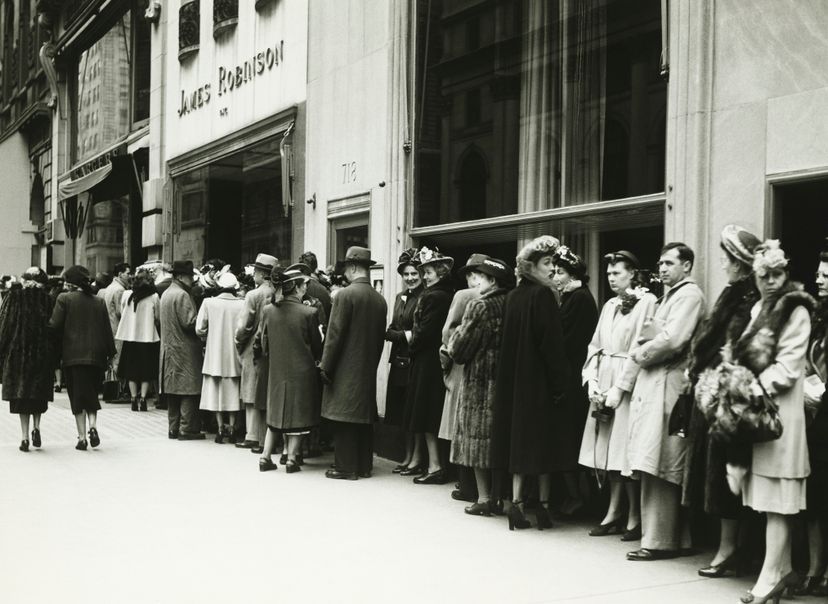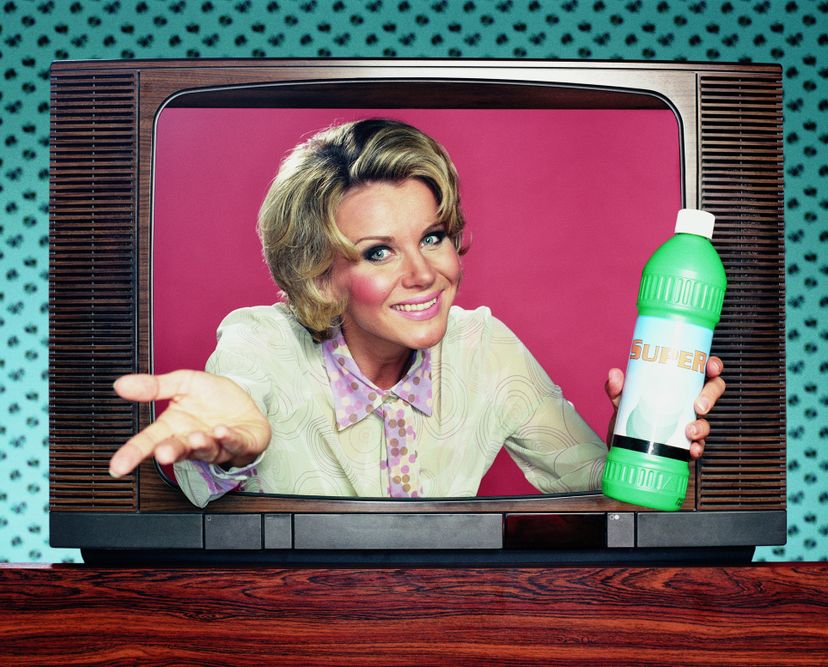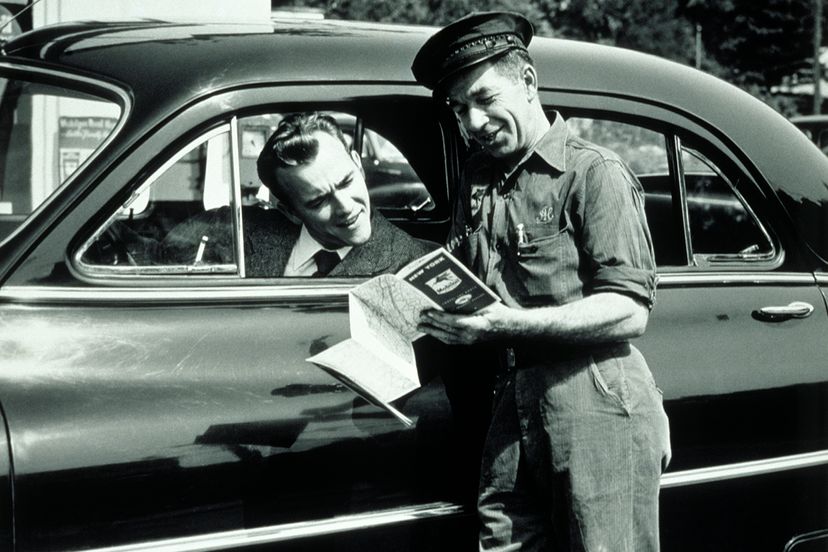
Those of us of a certain age certainly remember searching for phone numbers in the telephone book. Every year, a big white one (residential) and a yellow one (business) would land on your doorstep. You'd quickly page through the white one to check that your name, address and phone number were in the book without mistakes, because how else would people find you? Telephone books are now obsolete, replaced by smartphones and the internet. But who would have ever dreamed of a world without phonebooks? Or landlines, for that matter, just called "telephones" back then.
Of course, obsolescence is a fact of life. Innumerable things have disappeared over the centuries as humans continue to evolve and advance. A quick glance at the last century shows the death of the horse and buggy, milkmen, party-line operators, cassette tape recorders, typewriters and dial-up internet, just to name a few.
Advertisement
Many of those items seemed like they were here to stay. And even though they were replaced by something else, people who knew them often felt a twinge of sadness to see them go (except maybe for dial-up). Here are 10 other 20th-century staples that seem to be on their way our — or at least won't be so widespread in the future.

